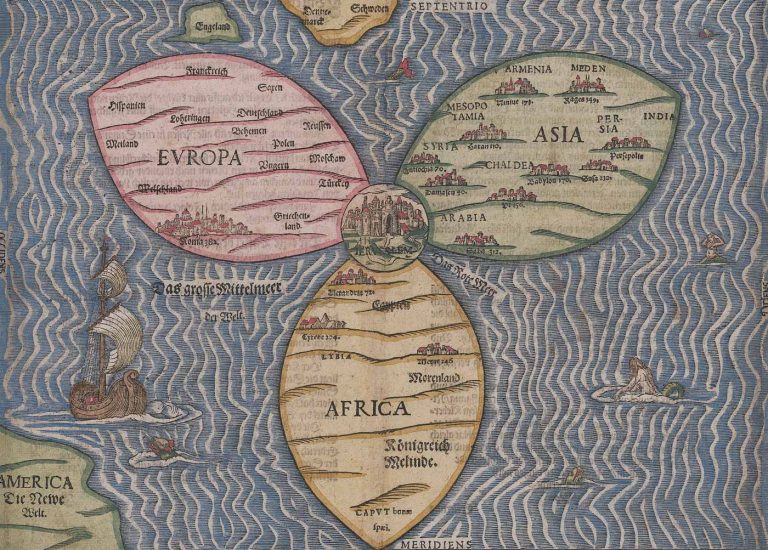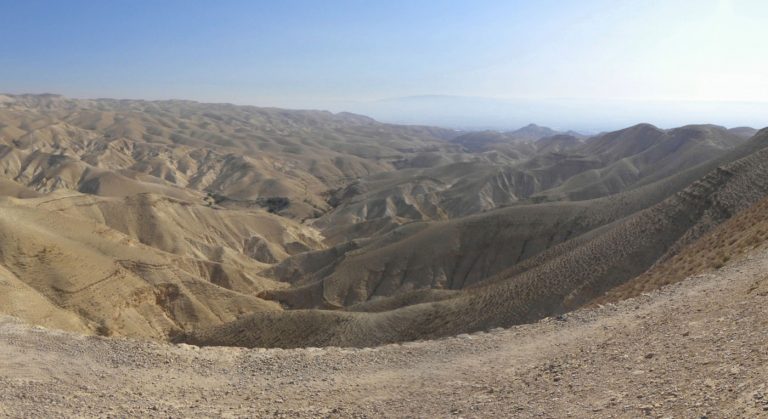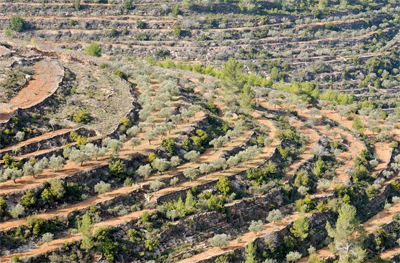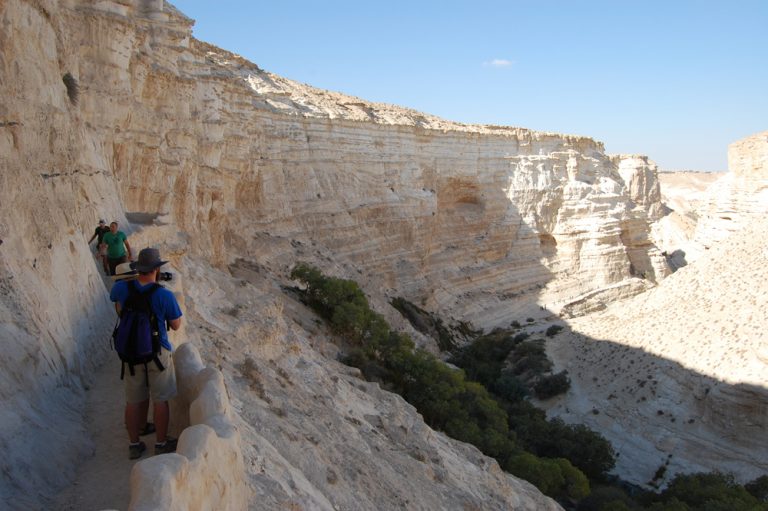Engaging the teenage mind with Biblical Geography

This is a Guest Post by my good friend Matt Engle.
Matt is Pastor of Senior and Junior High Ministries at The River Church of the South Bay in Torrance, California. He has traveled extensively throughout Israel, Jordan and Egypt and will complete a Master of Divinity from Fuller Theological Seminary next spring.
— Larry
The teenage mind is wired for technology and stimulation.
As a youth pastor, I face this reality every Wednesday night. As I communicate God’s story to high school students, it is not uncommon to see several teenagers trying to secretly carry on conversations via text message during my sermon. With access to friends in group texts, new pictures on Facebook, and the latest NBA score, the power of the “smart phone” poses a unique challenge to high school pastors wanting to teach a twenty-minute sermon from an ancient text devoid of any visuals or cute cat videos.
Is there a way for youth pastors to redeem the teenage proclivity towards technology and engage teenagers with the Bible?
Yes indeed! Knowing the historical geography of the biblical text allows me to stimulate the teenage mind and give them captivating visuals that communicate powerful theological truths.
For teenagers, entering into a discussion about geography may at first sound as boring as giving them an exegetical breakdown in Greek, yet more than anything else, knowing the land of the Bible allows me to paint biblical stories with the color necessary to capture their minds. St. Jerome called the land of the Bible the “fifth gospel”. In my ministry to high school students, it is precisely this “fifth gospel” that redeems the teenage proclivity towards technology. Indeed, such study is a powerful tool for engaging teenagers because it allows me to stimulate their minds with the visceral world of the text.
Two short examples hopefully illustrate this point.
Feel the burn!
The first comes from Matthew 21: 17-18:
Jesus “went out of the city to Bethany, and spent the night there. In the morning, when he returned to the city, he was hungry” (NRSV).
Matthew 21: 17-18
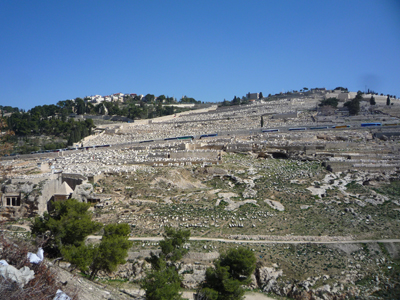
It is easy to skip over this passage because it does not jump off the page like a critique of the Pharisees or shout atonement theology. But I have found, and have tried to communicate to my students, that it is precisely in a passage like this that we find amazing theological truths.
Until one is able to experience the physical calf-burn from walking up and down the Kidron Valley or the Mt. of Olives, it is hard to appreciate this trek. Jesus had spent a full day riding from Bethpage on a donkey to drive out the moneychangers in the Temple. Afterward, he returned back across the Kidron Valley to the town of Bethany. Early the next day he makes his way back towards the Temple for another trek down into the Kidron Valley and up the other side.
Feeling the physical strain on the body from this hill, one not only gets an appreciation for Jesus’ fitness level, but a small detail like “he was hungry”, draws us closer to His humanity. This type of passage should cause all Bible readers to slow down, pay attention to how the details illustrate the story, and then draw theological conclusions. In this case, a little bit of geographical knowledge helps me stimulate the teenage mind by getting them to feel the text and connect to the humanity of Jesus.
Into the wild
Consider also Deuteronomy 32:10:
“He sustained him in a desert land, in a howling wilderness waste; he shielded him, cared for him, guarded him as the apple of his eye.” (NRSV)
Deuteronomy 32:10
For most of my students, the picture of wilderness brings images of dense forest and huge granite mountains. Into the Wild runs through their minds or a hopeful skiing trip with friends. Yet this is not the “wilderness” of this passage. The wilderness of this passage (the wilderness of Judah) lacks all the natural resources the stereotypical American wilderness possesses. One cannot build a cozy hut and live by a stream in this wilderness. But the powerful tool of historical geography allows my students to understand the reality of this wilderness and to better grasp the theological significance of the passage.
Anyone who has traveled in this wilderness has felt its heat and tasted its dust. You cannot live in it for very long without knowing the importance of an intimate, protecting, and sustainer God. For teenagers removed from the land of the Bible, the geographical realities of this wilderness engages their minds with God’s intimate, protecting, and sustaining nature. They are after all journeying through the often howling wilderness of high school.

